The Stamp Out Breast Cancer Act (PL 105-41) was signed into law
On Aug. 13, 1997, the Stamp Out Breast Cancer Act (PL 105-41) was signed into law by President…

On Aug. 13, 1997, the Stamp Out Breast Cancer Act (PL 105-41) was signed into law by President…
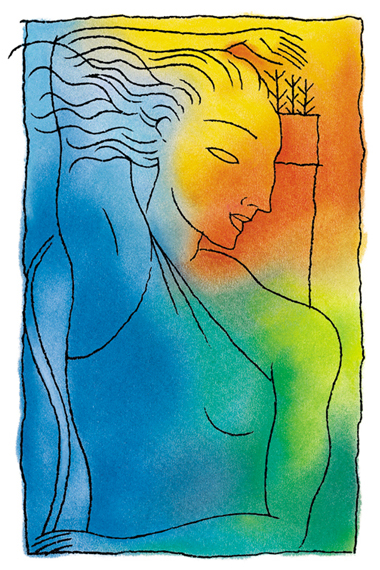
In August 1997, the U.S. Congress passed legislation that directed the U.S. Postal Service to issue its first…

In 1997, the U.S. Centers for Disease Control and Prevention (CDC) convened a group that became the National…

In 1997, planning began for Oregon Health & Science University’s (OHSU) Center for Women’s Health, and an interim…

In 1997, anesthesiologist Joanne Conroy, M.D. became the first woman appointed as head of the University of South…

In January 1996, the U.S. Food and Drug Administration (FDA) approved anastrozole (Arimidex) as a treatment for breast…
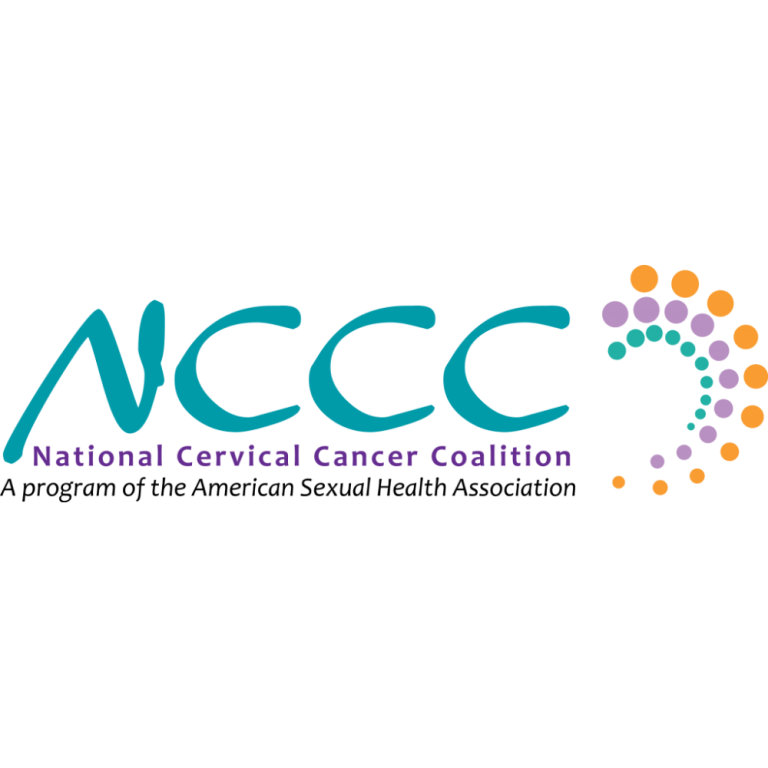
In 1996, the National Cervical Cancer Coalition (NCCC), a growing coalition of people battling cervical cancer and HPV…
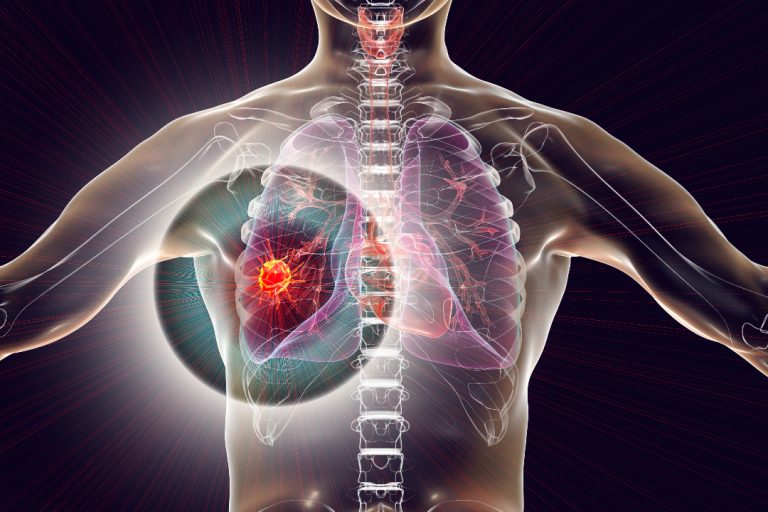
In 1996, the U.S. Centers for Disease Control and Prevention (CDC) found evidence of tobacco smoke exposure in…
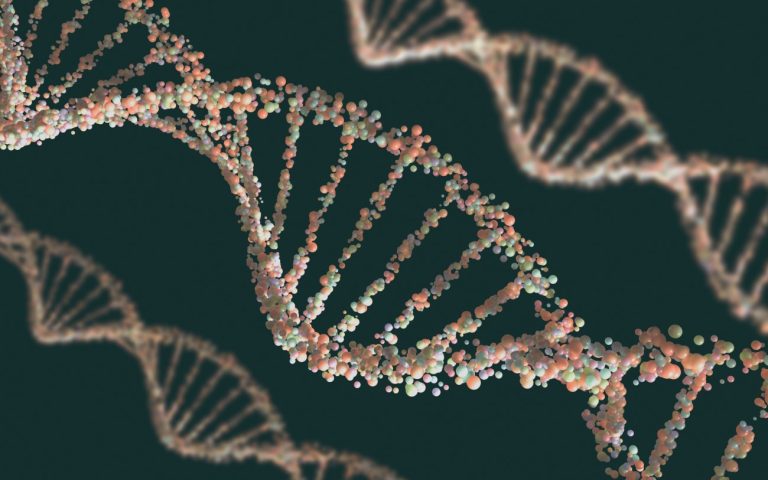
In 1995, The BRCA2 gene was mapped to chromosomal 13q. Just fifteen months later, Wooster et al. reported…
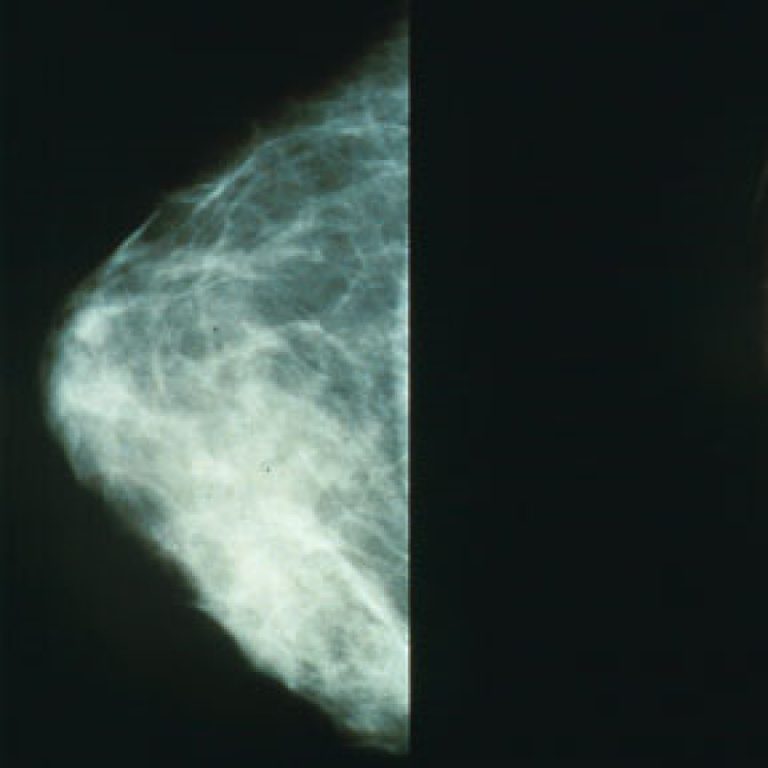
In 1995, scientists cloned the tumor suppressor genes BRCA1 and BRCA2, inherited genetic mutations that can predict an…
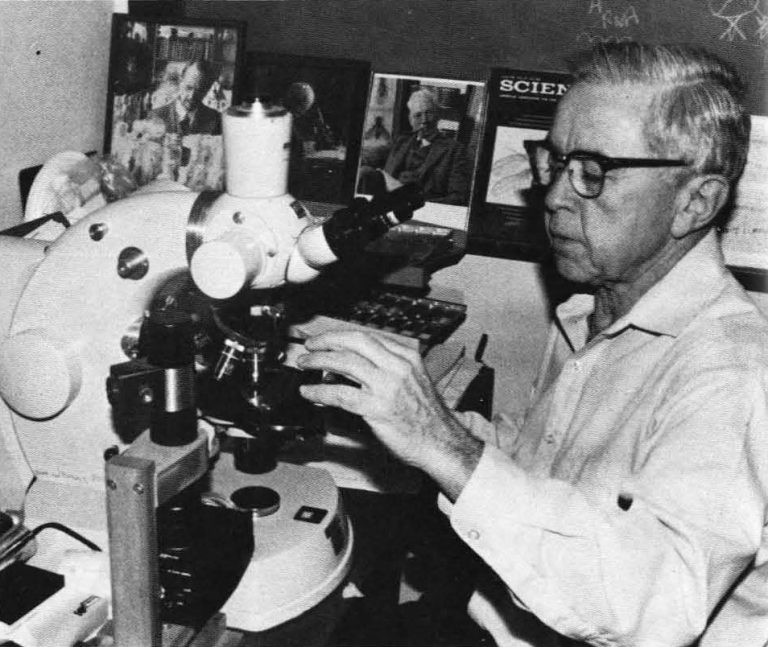
In 1995, Edward B. Lewis, Caltech graduate (Ph.D. 1942) and former faculty member, was awarded the Nobel Prize…

In 1995, Mary-Claire King, an internationally known human geneticist, was recruited to the University of Washington’s (UW) School…

On Oct. 7, 1994, a strong candidate for the 17q-linked BRCA1 gene, which influences susceptibility to breast and…

In 1994, the National Violence against Women Survey was created by the U.S. Centers for Disease Control and…

In 1994, Albert Einstein College of Medicine becomes the only New York City medical school selected by the…
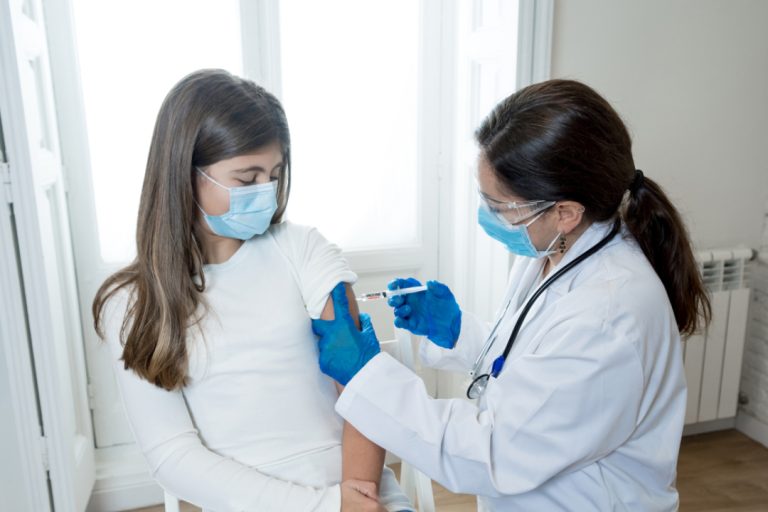
On Jul. 22, 1993, revising a policy from 1977 that excluded women of childbearing potential from early drug…
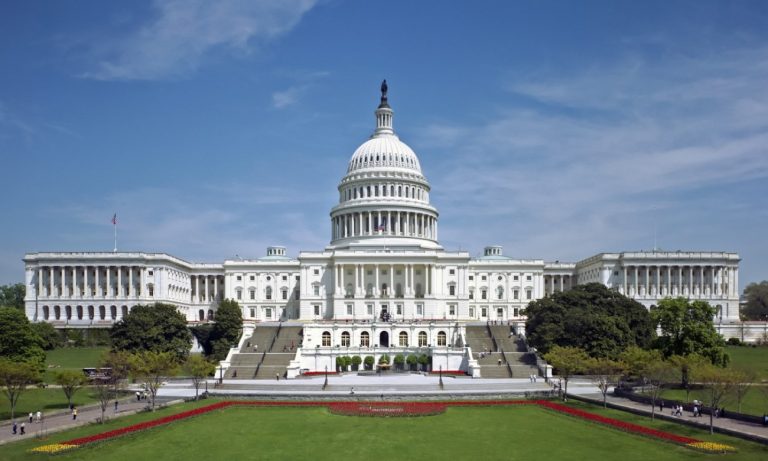
On Jun. 10, 1993, the U.S. Congress signed the National Institutes of Health Revitalization Act, P.L. 103-43. The…
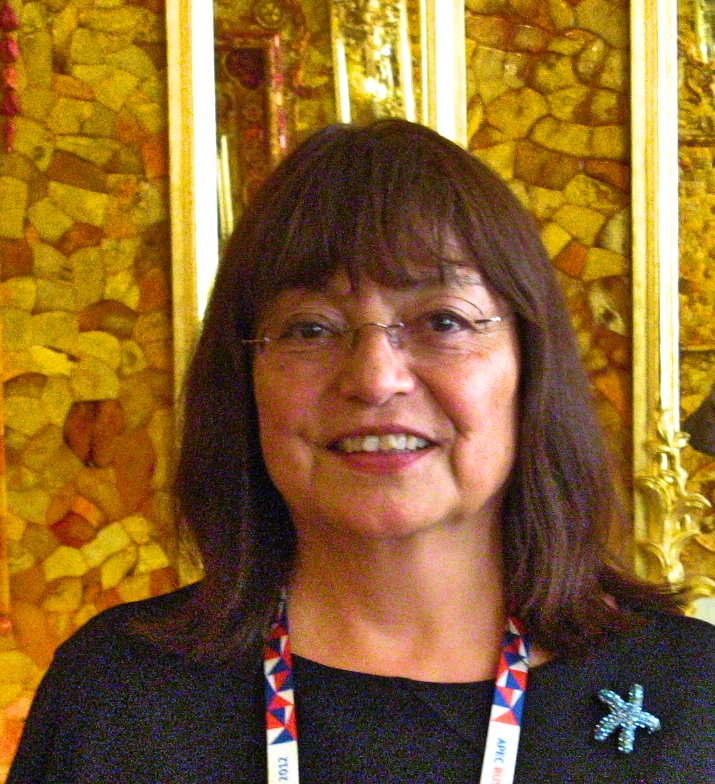
In 1978, molecular biologist Lydia Villa-Komaroff authored a paper demonstrating that bacteria could produce insulin. Lydia’s research helped make…

In 1993, Bristol-Myers Squibb launched TAXOL (paclitaxel). The company invested hundreds of millions of dollars to supply TAXOL…

On Oct. 27, 1992, the Mammography Quality Standards Act (MQSA) was passed (P.L. 102-539) by the U.S. Congress….

On Oct. 7, 1992, all U.S. mammography facilities, except those managed by the Department of Veterans Affairs, must…

In 1991, the U.S. Centers for Disease Control and Prevention (CDC) began developing a national strategic plan for…

In 1991, the Women’s Health Initiative (WHI), sponsored by the National Heart, Lung, and Blood Institute (NHLBI), was…
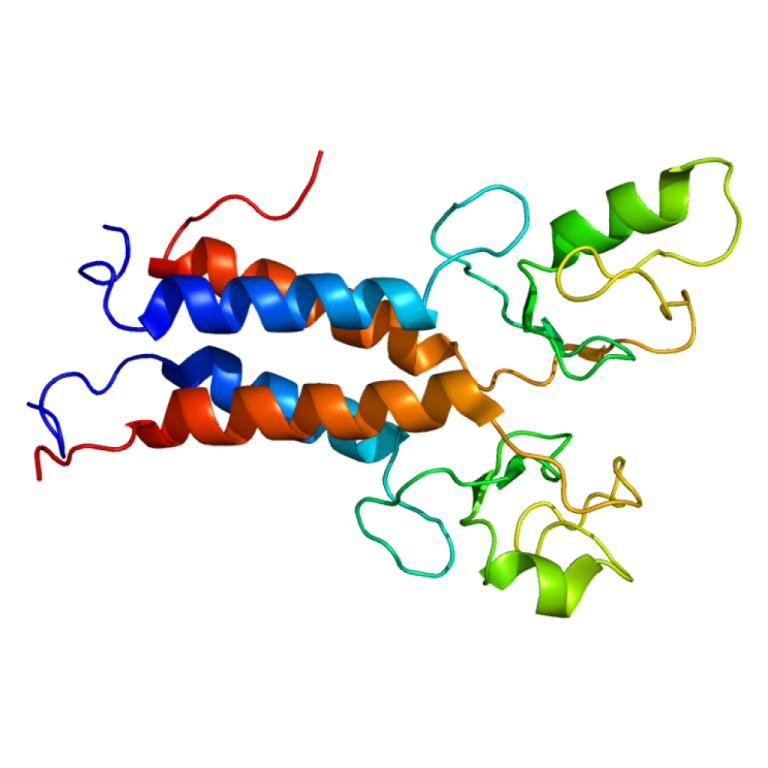
In 1990, Geneticist Mary-Claire King and her colleagues at the University of California, Berkeley discovered BRCA1, the first…
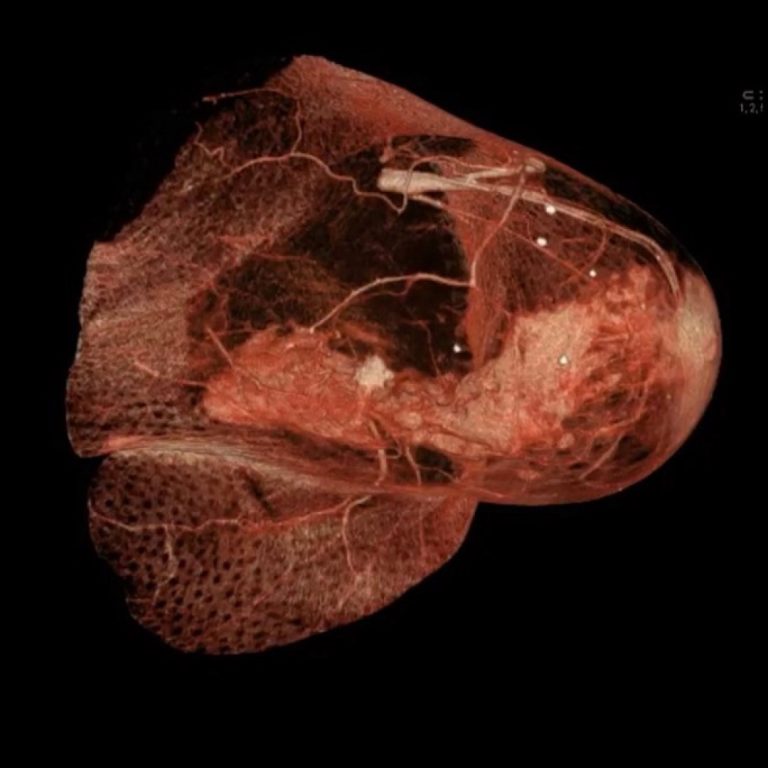
In 1989, Karmanos Cancer Institute researcher Dr. Soule developed MCF-10, an immortal line of normal human breast cells….

In 1989, the State Office of Rural Health became part of Oregon Health & Science University (OHSU) to…
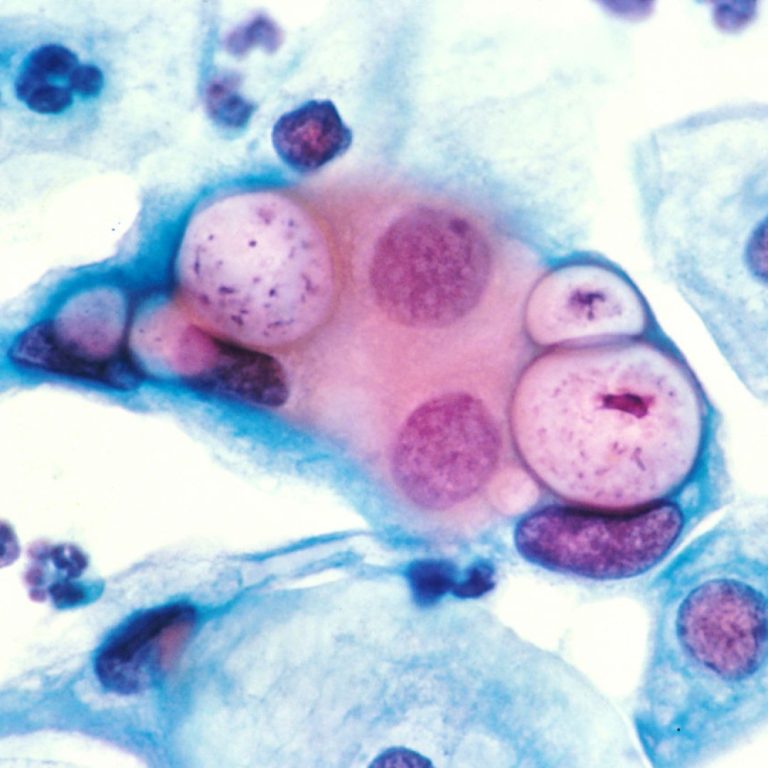
In December 1988, the National Cancer Institute (NCI) sponsored a workshop to address the standardization of cervical/vaginal cytopathology…

In 1986, the human HER2 proto-oncogene was cloned. HER2 is also called neu and erbB2. This finding established…
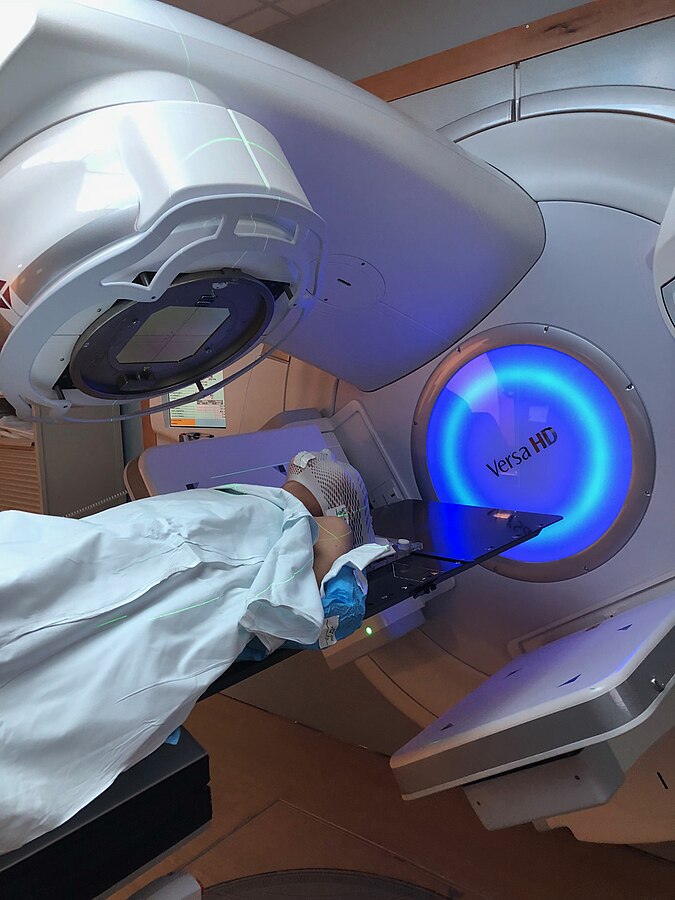
In 1985, Lumpectomy plus radiation therapy was found equivalent to mastectomy for early breast cancer. Lumpectomy followed by…

In 1985, the HER2 oncogene was discovered by Axel Ullrich, a young scientist at Genentech. The new oncogene…